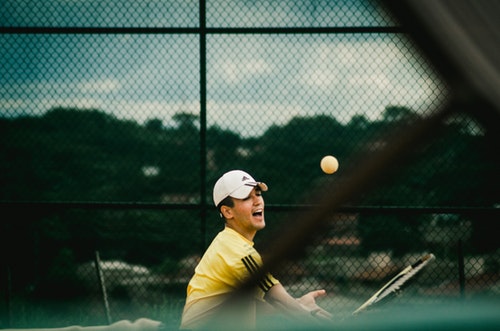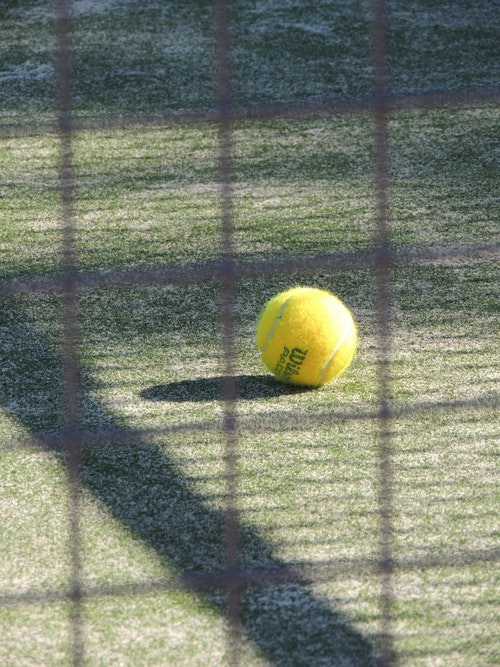Tennis is always in season but summer seems to bring out the tennis player in all of us! Tennis elbow is common in new and experienced players. Before you hit the courts we wanted to bring back an article from our archives to help get you ready before you hit the courts!
Overuse injuries are something we often worry about in our kids and in ourselves. Tennis is a popular sport for kids and parents alike, one of the most common injuries that the doctors and PAs see in tennis players is tennis elbow.
Let's start with the basics, tennis elbow is lateral epicondylitis which is inflammation of the origin of the muscles that make the wrist extend and turn your palm towards the sky (supination). This is typically caused by repetitive overuse, such as repeating a motion over and over, like hitting a tennis ball. Symptoms usually include pain along the lateral (outside) part of the elbow. Pain is worse with wrist extension, supination, and grasping objects. You may experience burning along the outside of the elbow as well.

Diagnosis: Tennis elbow is diagnosed by a provider. Often x-rays are taken, but a formal diagnosis is by physical exam from the provider. It will be painful when the provider touches the lateral elbow and pain will worsen as the provider provides resistance to wrist extension and supination.
Tennis elbow hits non-tennis players: Anyone that participates in repetitive motion is at risk. We often see people that recently have moved, or painted a house/room. Someone that is newly learning tennis or increased playing time. Many CrossFit athletes may experience this as well. Tennis elbow can occur in anyone.

Treatment: It is recommended you see an orthopedist when you have tennis elbow. Typically we begin with an oral anti-inflammatory or topical anti-inflammatory (cream). We prescribe physical therapy and have the patient use a counterforce brace (a strap placed around the forearm) and a wrist splint to wear while sleeping. If the pain persists we can perform a steroid injection. And finally, if it fails all other non-operative treatments, sometimes it does result in the need for surgery to debride the diseased portion of the tendon.
Risk factors: Everyone is at risk for tennis elbow. It can impact youth but typically is seen in an older population. We can see it in any young athlete that repeatedly uses his/her wrist.

Prevention: Tennis elbow can be prevented by addressing any muscle imbalances in the shoulder, elbow, and wrist. Always do a proper warm-up and cool-down reduces the risk of injury. Isometric exercises are good to do if you begin to notice any symptoms.
Recovery: Recovery time can be as little as a few days to months.

Margaret Lynch, PA-C is a PA with OrthoCarolina specializing in shoulders, elbows, and sports medicine. Margret is available to see patients at OrthoCarolina's Shoulder and Elbow Center, The OrthoCarolina South Park Office, and The OrthoCarolina Sports Medicine Center. To make an appointment with Margaret or one of the other OrthoCarolina providers call 704-323-3000 or visit OrthoCarolina's website



